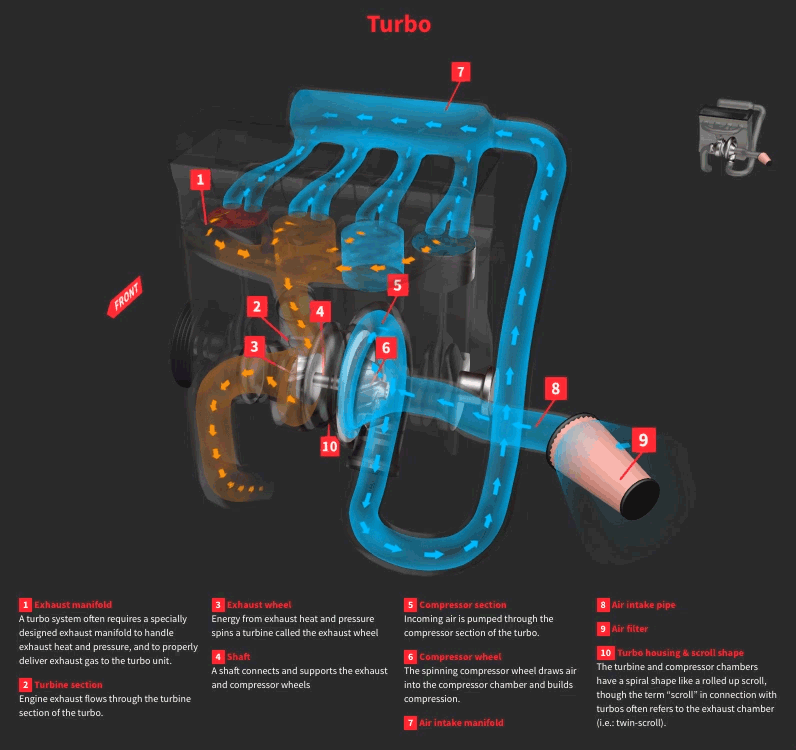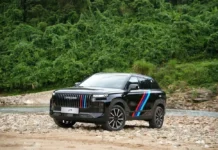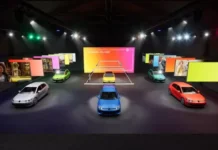Turbocharged engines have long been recognized as an efficient solution to enhance performance and fuel economy. However, beyond turbo lag, owners face higher maintenance costs, particularly more frequent oil changes compared to naturally aspirated engines.
| |
|
Turbocharging technology debuted in trucks in 1954 and was introduced to passenger cars in 1962 with the Oldsmobile Jetfire. |
As the world accelerates electrification, turbocharged engines are gaining popularity. Hybrid (HEV), plug-in hybrid (PHEV), and extended-range electric vehicles (EREV) combine internal combustion engines with electric motors. To improve fuel efficiency, automakers downsize cylinders while incorporating turbocharging.
In 2000, only 1% of U.S. car sales featured turbo technology. By 2023, this figure surged to 37%. Today, some experts estimate it has reached 50%. This means more turbocharged engines require meticulous care, including more frequent oil changes.
 |
|
The turbocharging concept was patented in 1905 by Swiss engineer Alfred Büchi, though it took over two decades to successfully implement. Initially, turbos were primarily used in ships and aircraft. |
Turbo systems operate uniquely: exhaust gases spin a turbine connected to a compressor, which draws and compresses air into the cylinders, intensifying combustion. Typically, an intercooler is included to increase air density.
Turbos operate under extreme conditions: turbine speeds can reach 350,000 RPM, surpassing the 9,250 RPM redline of the Ferrari LaFerrari. Additionally, turbines endure exhaust temperatures ranging from 600°C to 950°C.
| |
|
Owners of turbocharged vehicles must closely follow maintenance guidelines from the user manual and authorized technicians. |
These harsh conditions place immense stress on lubricating oil. High temperatures thin the oil, reducing lubrication effectiveness and potentially causing breakdown. Deposits may also form on turbo components, leading to severe damage. Consequently, turbocharged engines degrade oil faster than naturally aspirated ones. Owners must strictly adhere to maintenance schedules and technician recommendations.
Great Reads for the Road
Our Automotive section offers captivating books across diverse topics. During journeys, moments of relaxation arise, and these books become engaging companions.












































